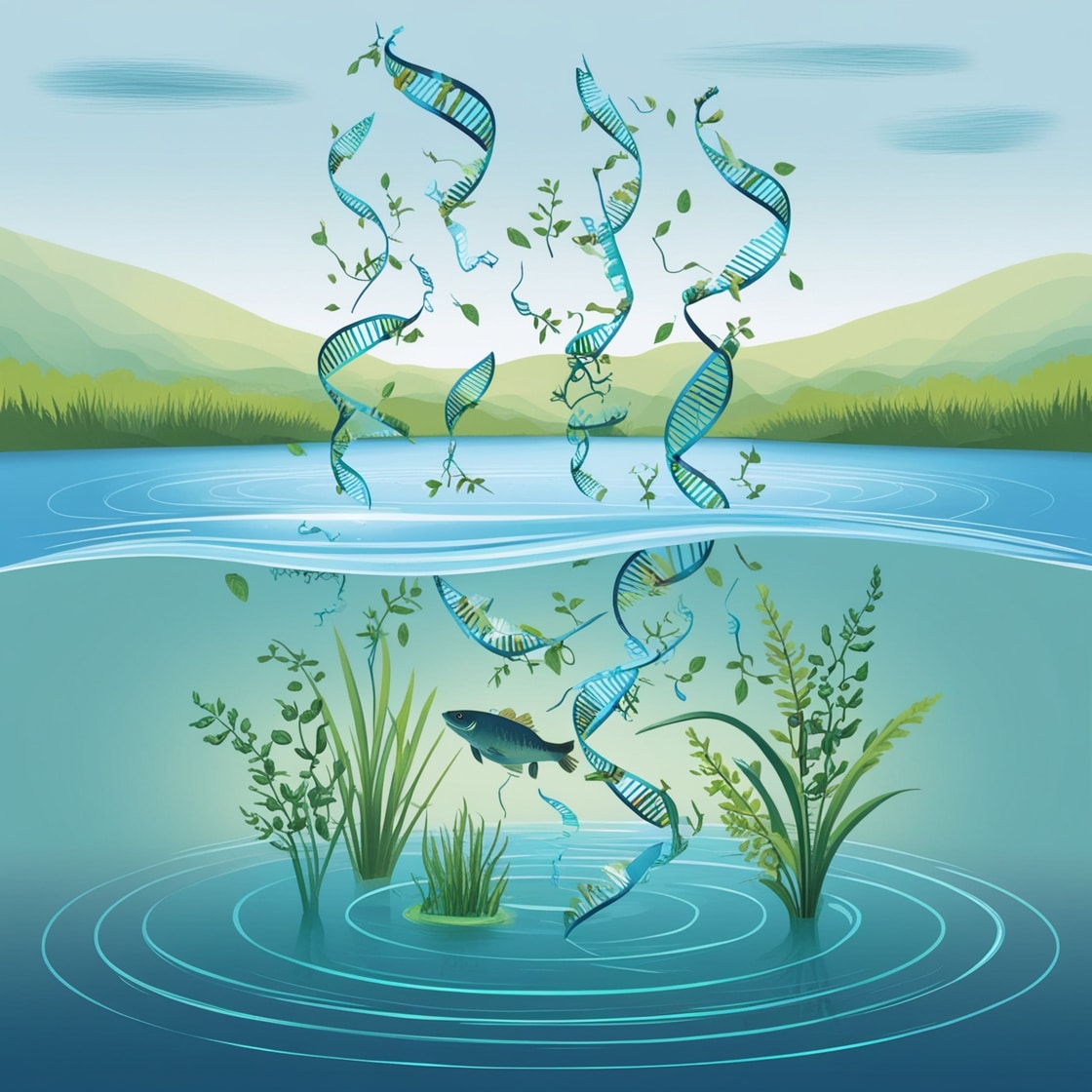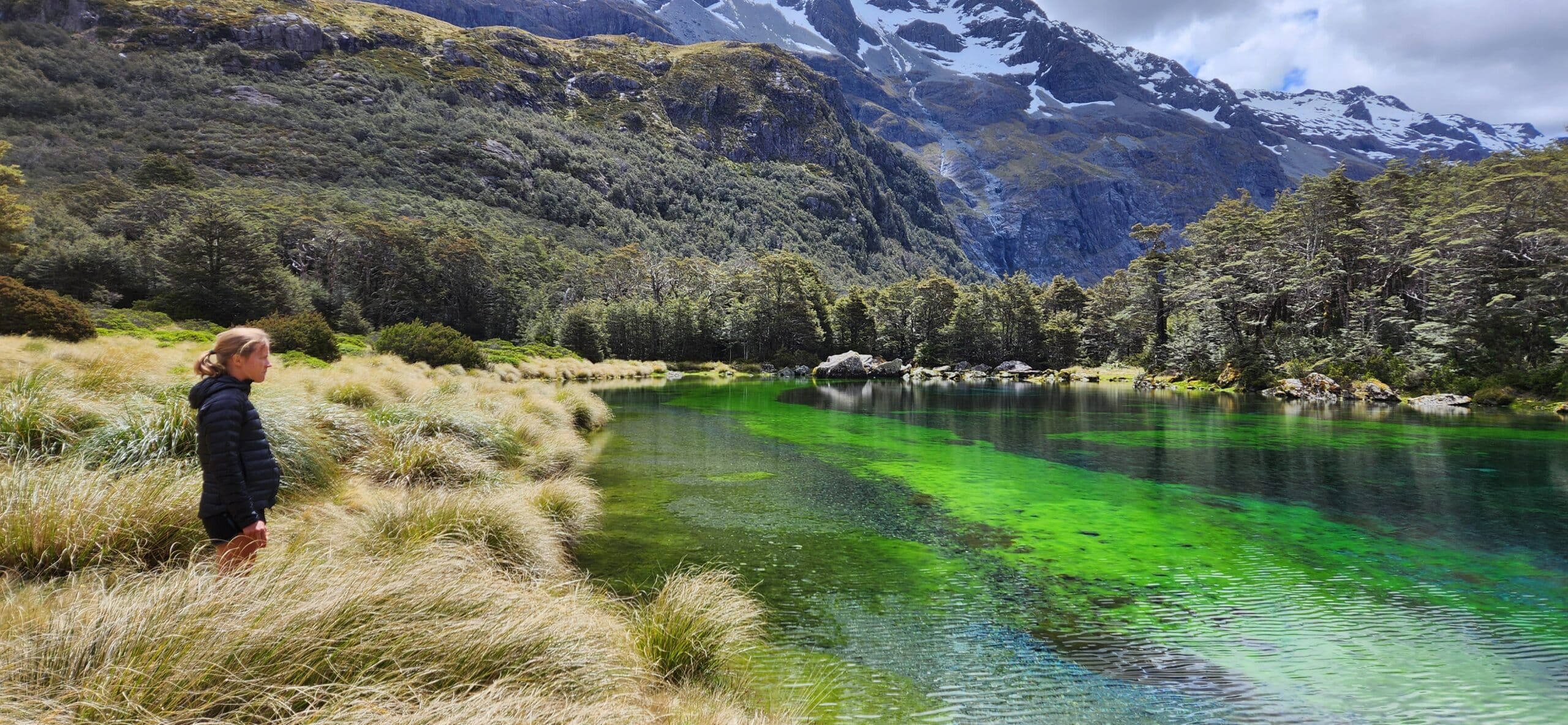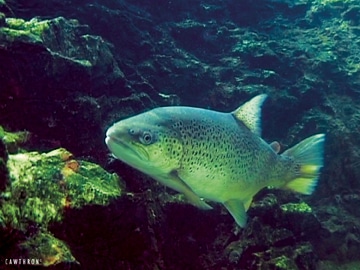2022. Human access and deterministic processes play a major role in structuring planktonic and sedimentary bacterial and eukaryotic communities in lakes. PeerJ 10:e14378 https://doi.org/10.7717/peerj.14378
Abstract
Lakes provide habitat for a diverse array of species and offer a wide range of ecosystem services for humanity. However, they are highly vulnerable as they are not only impacted by adverse actions directly affecting them, but also those on the surrounding environment. Improving knowledge on the processes responsible for community assembly in different biotic components will aid in the protection and restoration of lakes. Studies to date suggested a combination of deterministic (where biotic/abiotic factors act on fitness differences amongst taxa) and stochastic (where dispersal plays a larger factor in community assembly) processes are responsible for structuring biotic communities, but there is no consensus on the relative roles these processes play, and data is lacking for lakes. In the present study, we sampled different biotic components in 34 lakes located on the South Island of New Zealand. To obtain a holistic view of assembly processes in lakes we used metabarcoding to investigate bacteria in the sediment and surface waters, and eukaryotes in the sediment and two different size fractions of the water column. Physicochemical parameters were collected in parallel. Results showed that deterministic processes dominated the assembly of lake communities although the relative importance of variable and homogeneous selection differed among the biotic components. Variable selection was more important in the sediment (SSbact and SSeuks) and for the bacterioplankton (Pbact) while the assembly of the eukaryotic plankton (SPeuks, LPeuks) was driven more by homogeneous selection. The ease of human access to the lakes had a significant effect on lake communities. In particular, clade III of SAR11 and Daphnia pulex were only present in lakes with public access. This study provides insights into the distribution patterns of different biotic components and highlights the value in understanding the drivers of different biological communities within lakes.




